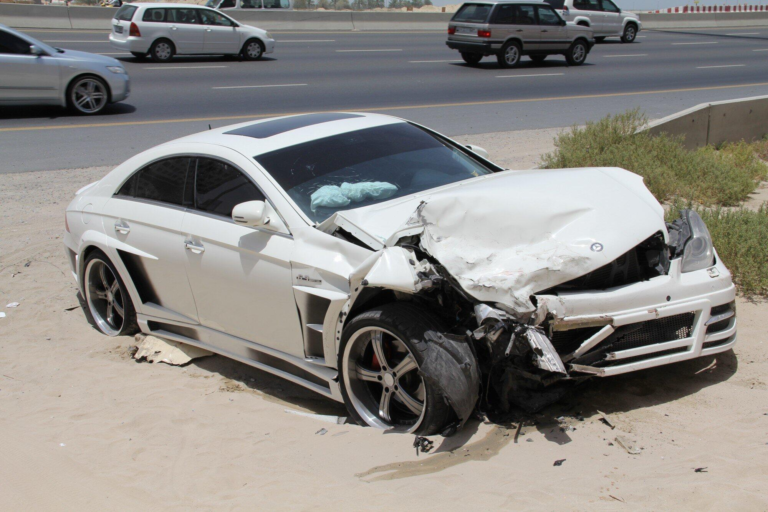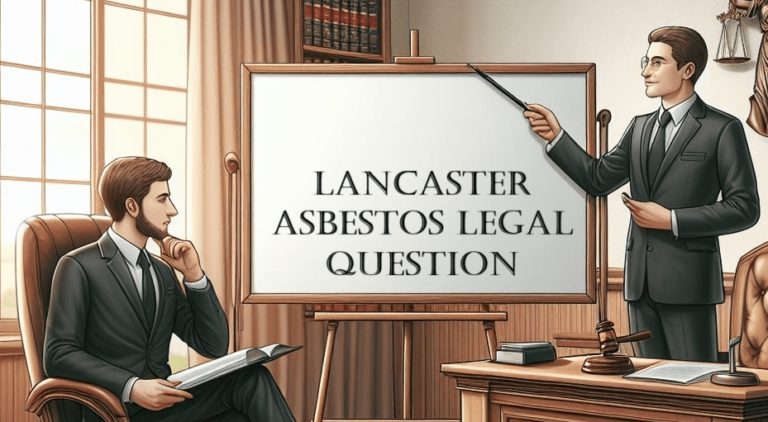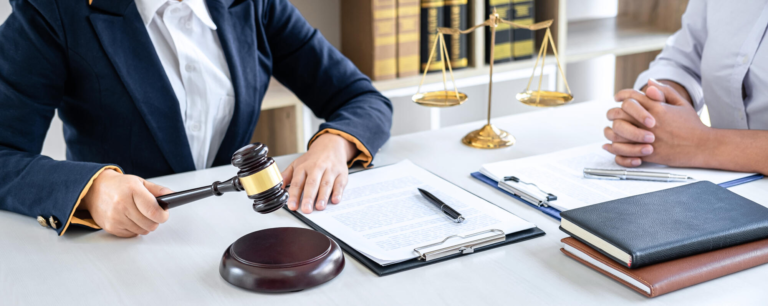Staying Safe on Two Wheels: Essential Safety Tips for Motorcyclists
Key Takeaways:
- The right gear and preventative measures are crucial to reducing risk.
- Staying informed and practicing defensive driving can save lives.
- Regular maintenance checks are essential for a safe ride.
- Legal knowledge is as important as knowing how to ride.
- Continuous education enhances a motorcyclist’s safety skill set.
Table of Contents:
- Introduction to Motorcycle Safety
- The Fundamentals of Motorcycle Safety Gear
- Riding Skills and Defensive Driving Techniques
- Pre-Ride Motorcycle Inspection Checklist
- Understanding the Dynamics of Traffic
- How to Handle a Motorcycle Accident
- Legal Aspects of Motorcycle Riding
Introduction to Motorcycle Safety
The freedom of straddling a motorcycle and cruising an open road is unparalleled. Yet, it’s accompanied by the inherent risks of navigating a world designed for larger, more protective vehicles. As riders, we bear a significant responsibility: safeguarding ourselves and those we share the roads with. It is a sobering truth that motorcyclists are more vulnerable to serious injury in traffic collisions. Proactive safety measures, including wearing the right gear, continuing education, and adhering to riding best practices, are integral to enjoying the ride with peace of mind. When accidents happen despite best efforts, the guidance of a motorcycle accident attorney can help navigate legal complexities that may arise.
The Fundamentals of Motorcycle Safety Gear
In riding, your gear is not just an accessory but a necessity. The cornerstone is the helmet, an essential piece of equipment that has been consistently shown to save lives. They range from full-face models, providing the highest level of protection, to open designs that offer more freedom but less safety. To protect against road abrasions and impacts, a sturdy jacket and pants, preferably constructed from leather or reinforced synthetic materials, should be donned. Boots that cover the ankles and have non-slip soles fortify your lower extremities, and gloves shield your hands while enhancing grip. Choosing safety gear that’s comfortable and fits correctly can make the difference between an inconvenient tumble and a life-altering injury.
Riding Skills and Defensive Driving Techniques
For the unwary motorcyclist, the road can be unforgiving. Mastering the art of riding involves more than the ability to operate a motorcycle; it’s the application of defensive driving at its best. It includes keeping a safe distance from other vehicles, being hyper-aware of your surroundings, and anticipating the actions of other drivers. Enhanced training can help riders develop these skills, emphasizing the strategic positioning of the motorcycle to improve visibility and strategies for avoiding accidents before they occur. Defensive driving for motorcyclists is not just about reacting. It’s about predicting, planning, and executing movements with safety as the primary goal.
Pre-Ride Motorcycle Inspection Checklist
Motorcycle maintenance is not just about longevity; it’s integral to rider safety. Your pre-ride inspection should be systematic and thorough. Check your lights and signals to ensure you are seen and can communicate effectively with other road users. Inspecting your brakes’ responsiveness and tire conditions guarantees you will have control and grip during your journey. Moreover, regular oil and fluid checks fend off mechanical failures that could lead to dangerous situations on the road. Establishing a routine for inspection can mitigate many typical risks encountered by motorcyclists.
Understanding the Dynamics of Traffic
Apprehending the flow and etiquette of road traffic can often be as intricate as learning the mechanics of motorcycle control itself. Adapting to varied situations, such as the unpredictable movements in city traffic or the narrow lanes of rural settings, is a skill honed over time. Factors such as peak traffic hours, seasonal changes in wildlife activity, and inclement weather conditions should pivot your riding strategies. Remember that understanding these dynamics is a continual learning process that forms the backbone of proactive motorcycle safety.
How to Handle a Motorcycle Accident
It only takes a moment for an accident to occur, shocking even the most experienced riders. The initial steps after an accident are critical. Assess yourself for injuries, move to safety if possible, and then call for help. Even if you feel fine, injuries can be internal and may not manifest immediately. Once you have taken care of health concerns, document the scene with photographs and gather any witness statements, which will become invaluable later on, especially when working with insurers or legal professionals to navigate the paths to compensation and recovery.
Legal Aspects of Motorcycle Riding
Legal requirements and rights are as important as mechanical knowledge regarding motorcycles. Traffic laws particular to motorcyclists vary by jurisdiction and encompass elements such as helmet laws, lane splitting, and minimum insurance requirements. Understanding these laws and their reasoning can help you stay on the right side of regulations and better advocate for yourself in case of legal issues. Arm yourself with legal knowledge as one does with a helmet before the ride. The NHTSA’s Motorcycle safety guidelines offer a valuable foundation for legal safety knowledge.







